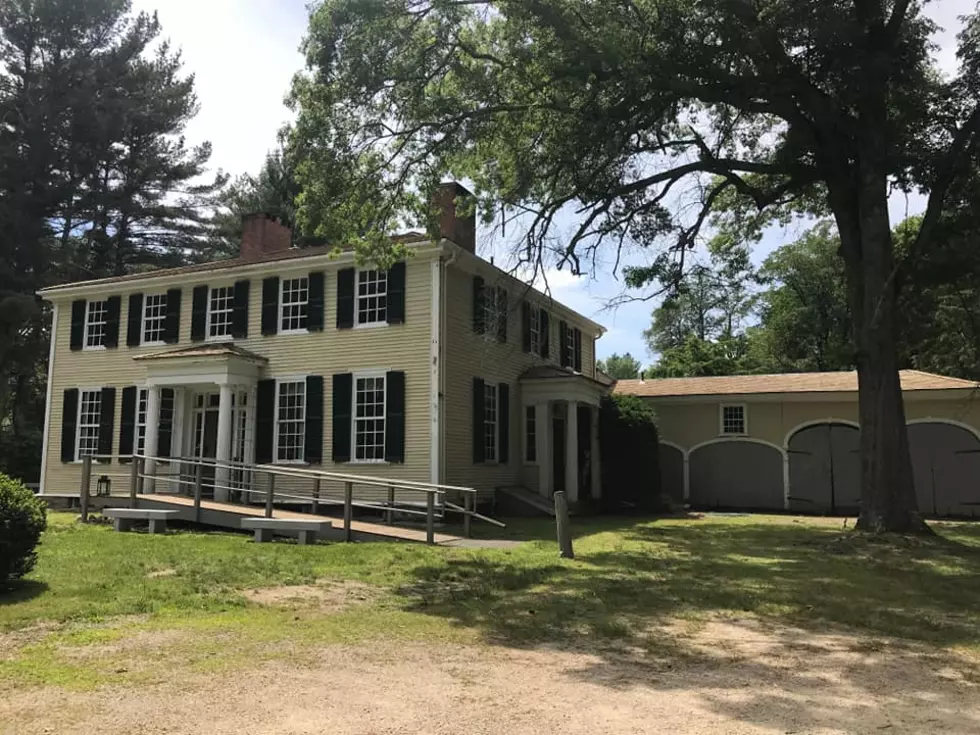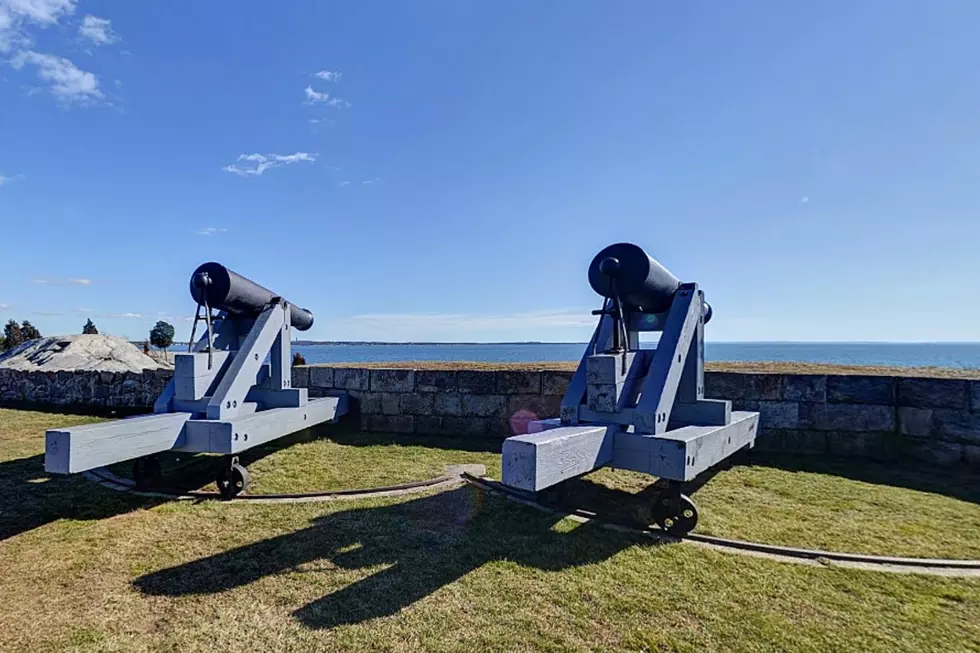
Replica 18th Century War Ship Sets Sail from France To Boston
With champagne, fireworks and a presidential blessing, a painstakingly built replica of the frigate once used to bring French troops and funds to American revolutionaries set sail Saturday for the U.S. East Coast.
With the celebratory sendoff, the 25 million euro ($27 million) Hermione began its voyage to retrace the 65-meter (213-foot) frigate's trans-Atlantic journey in 1780, when its namesake under the Marquis de Lafayette's command helped to lay the foundation of French-American relations.
Lafayette persuaded French King Louis XVI to provide military and financial support to George Washington's troops. Lafayette set sail on the frigate on March 21, 1780, from the southwestern port of Fouras, arrived 38 days later in Boston, and played an important role in the revolutionaries' ultimate defeat of Britain three years later in the Battle of Yorktown with the support of a French army and fleet.
The Hermione is expected to reach Yorktown, Virginia, in June, and then make several other stops along the U.S. East Coast, including Boston, and should be in New York for the Fourth of July.
The ship is the fruit of nearly two decades of brainstorming, fundraising and toil. Using captains' logs and manuscripts from the era, maritime experts and historians ensured that workers used the same construction materials and methods as those used to build the original.
Sailmakers sewed eyelets by hand on the 2,200 square meters (2,600 square yards) of linen sails. Engineers replicated the pulley system. The vessel even was built in the same shipyard, in Rochefort in southwest France.
"It has been a very long project," said Miles Young, president of the Friends of Hermione-Lafayette in America. "You don't create an 18th century warship very easily these days. ... It took enormous efforts to find enough oak trees naturally shaped so they could create the helm."
Volunteer crew members from France, the U.S. and other countries are sailing the frigate, with "Hermione" carved across its stern, across the Atlantic.
"Authority and respect for the hierarchy is what guarantees our safety on board and ensures the boat runs smoothly," said crewman Nicolas Masse. "Given that more than 70 percent of the ship's crew is made up of amateurs, never questioning the line of command is something you have to learn."
A rigger, American Woody Wiest, praised the international camaraderie aboard, and the unique experience of sailing in the 21st century on a ship made up of natural fibers and materials.
"When you put people side by side aboard a ship, they're puking together, they're cleaning the toilets together, they're really bonding," he said. "It makes for a very close and open relationship between people and it lasts forever."
The relationship born of Lafayette's journey has also been lasting. Even in times of modern diplomatic tensions, American presidents routinely refer to France as "our oldest ally."
"If it hadn't been for that French intervention at that time," Young said, "the war of independence probably wouldn't have been won."
U.S. officials attended Saturday's events.
The U.S. had a chance to reciprocate for France's support in the American Revolution in two World Wars. After the U.S. entered World War I, a senior American military officer declared "Lafayette, we are here" at the Revolutionary War hero's tomb in Paris.
Local resident Isabelle Rousseau said of Saturday's voyage, "France helped (the Americans). They returned the favor afterwards with the landing on the beaches in '44. ... It's a magnificent journey." (Associated Press)
More From WBSM-AM/AM 1420


![We Need to Revolutionize Warfare [PHIL-OSOPHY]](http://townsquare.media/site/518/files/2021/04/GettyImages-643253518.jpeg?w=980&q=75)
![Where Have All the Poppies Gone? [PHIL-OSOPHY]](http://townsquare.media/site/518/files/2020/11/GettyImages-1032576710.jpg?w=980&q=75)
![Trump, Putin Team Up to Fight COVID-19 [OPINION]](http://townsquare.media/site/518/files/2020/04/GettyImages-810208294.jpg?w=980&q=75)
![U.S. Response Outperforming ‘Model’ Universal Healthcare [OPINION]](http://townsquare.media/site/518/files/2020/03/GettyImages-1203187628.jpg?w=980&q=75)
![Hunter Biden’s Ukraine Boss Named as Suspect [OPINION]](http://townsquare.media/site/518/files/2019/11/GettyImages-119583341.jpg?w=980&q=75)


